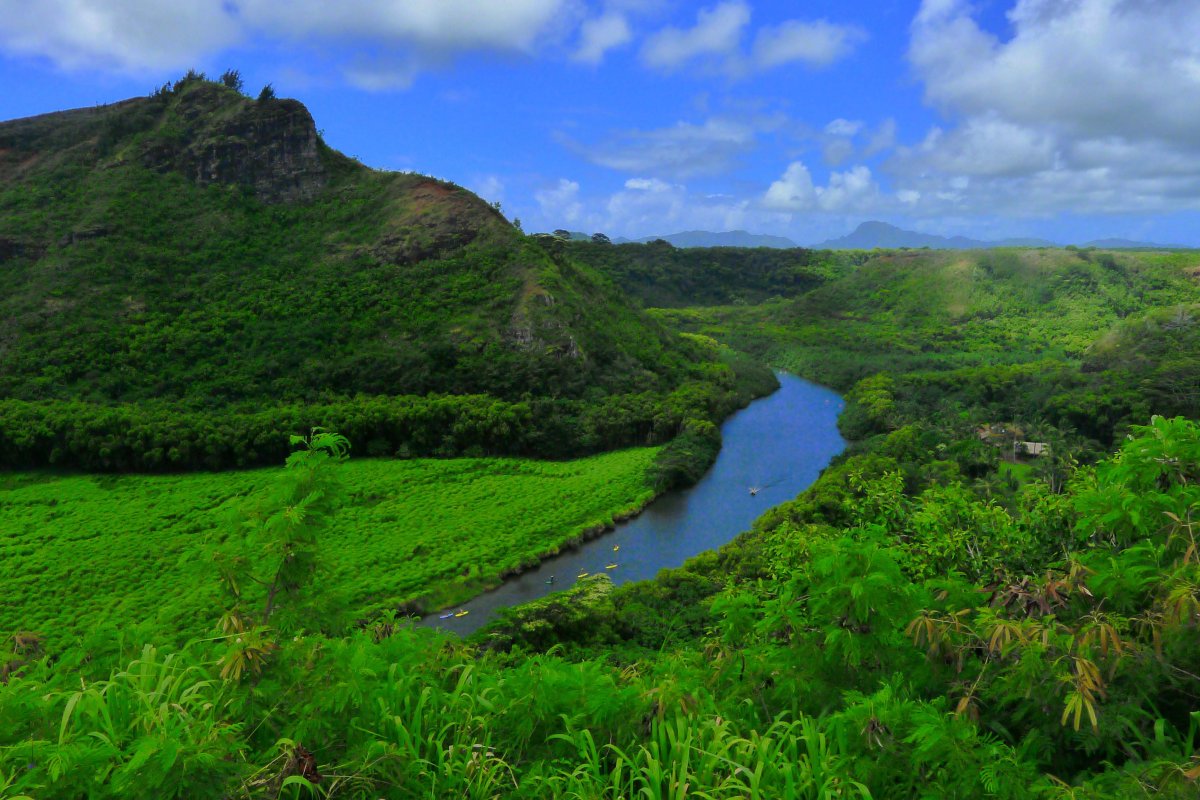Can Sand Fleas Travel Home With You
Table of Content
Look for them in circular patches underneath the lumpy surface of the beach. Digging a small depression in the sand will produce dozens of crabs. If you’re lucky, you’ll find one with a single “V” on its antennae.
They often present as small, red, raised bumps on the skin, generally located below the knee. They’re most commonly found on the calves, shins, ankles, and feet. We have been hearing a lot about the fact that sand fleas are very hard to kill. It is believed that when sand fleas are caught on the sand, they will burrow underground and hibernate, which may have made them more dangerous. Our research seems to confirm that they are very hard to kill, to the point that if you were to dig them up and rub them on your skin, they will die.
Can sandsand fleas survive salt?
Once sand fleas have invaded your home, you can鈥檛 expect to spot them easily. If any of your family members or pets start to show suspicious bites, try to see if there are larvae or pupae hiding in areas that are most undisturbed. One species found in the United States, known commonly as the Atlantic sand hopper, can grow up to an inch in length. Sand fleas can vary in color, but may be gray, brown, or greenish. They have several pairs of legs, and long, thick antennae.
The most common question about sand fleas is, “Is a sand flea a crab? ” The answer to that question is a resounding YES! They’re actually members of the Decapoda, the family Emerita.
How do you catch sand crabs on the beach?
After that, regularly disinfect every day and continue to monitor the rashes. Consult a vet if the welts don’t heal within a few days. You’d want to sterilize and disinfect it using a mild topical disinfectant such as rubbing alcohol. That’s why you should take precautions to protect your dog and yourself from them when you go to the beach or other marshy areas. Eventually, they die because they don’t have the necessary environment, food, and water source to survive in your home.
Wherever your dog has been, treat the area as if there are possible fleas there. They’re actually very small crustaceans but are tiny enough to be mistaken for a fly. But they do bite, which leaves a nasty welt that’s hard to avoid scratching for days. The fleas cause extreme itchiness and irritation when they bite and feed on your dog’s blood. They burrow through the skin and this will make your dog go crazy. Others think sitting in a chair is preferable to lying on a beach towel, as it’s a bit harder for insects to find and feed on you.
How do you know if your dog has sand fleas?
There are approximately 850 species of crab in the world. Only a few are commonly harvested in the U.S., including snow crab and king crab. King crab meat is generally frozen on the mainland, but many people prefer to eat it fresh. It is best to check with the local fisher before purchasing any of the crabs.
But also to small crustaceans that live in coastal and marshy areas and are also known as beach hoppers, beach fleas and sand hoppers. The best way to deal with sand fleas is to prevent them from becoming a problem in the first place. If you live in an area where these fleas are common, take steps to keep your dog away from areas where they might be found.
PEST LIBRARY
Additionally, sand fleas have two forked appendages that protrude from the backs of their bodies. Many people love going to the beach to spend time in the sun, sand, and water. But they might not love some of the nuisances that live at the beach or in the ocean, such as gnats or jellyfish. But, what about the sand flea, a small critter that can be found in moist areas such as under rocks or debris. Keep reading to learn exactly what sand fleas are and if you need to worry about them.

They tend to dehydrate and later on die if you sprinkle salt on them. Before vacuuming, especially the carpet, let sprinkled salt stay for 24 hours. You might have to dig up the sand to get to them as they’re mostly shy and keep away.
Sand fleas feed on seaweed, detritus, and plankton – microscopic life. The food chain between sand fleas and a bass or baby alligator is supposed to be long. A popular inshore game fish, flounder is typically found in Florida lakes. But it can also be found in the waters of the east coast, in spoil islands, and inlets, and along points where the current is strong enough. In fact, this insect can attract a variety of fish, from bass to baby alligators.

First of all, you need to know what types of crab you can eat. Crabs are classified as male or female by their plates, which are triangular and narrow. The lungs of male crabs are toxic, not digestible, and they taste awful. Once you’ve determined what type of crab you’re eating, you can proceed to remove its legs. Crabs are omnivores and will eat a variety of foods.
Aloe vera and an oatmeal bath can also help with discomfort in severe cases. You may be able to see the fleas themselves, or you may see small, dark dots. To make an excellent meal of an Atlantic sand crab, you should know how to clean it. After that, the crab should be boiled or fried in hot oil.

Comments
Post a Comment